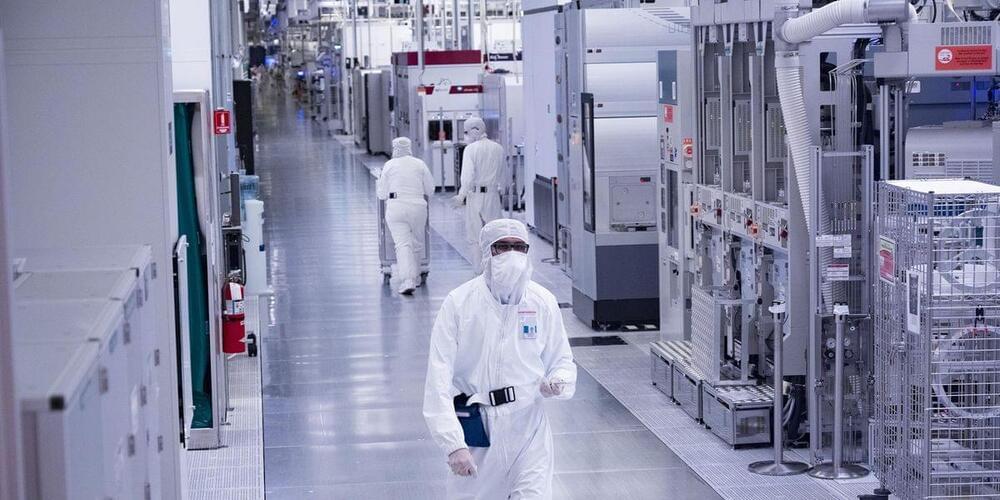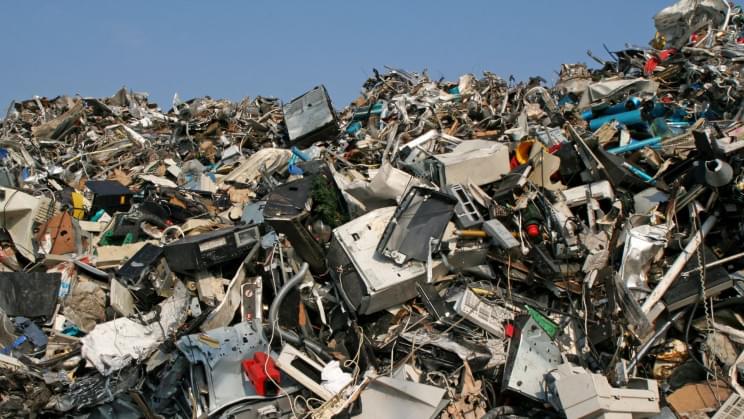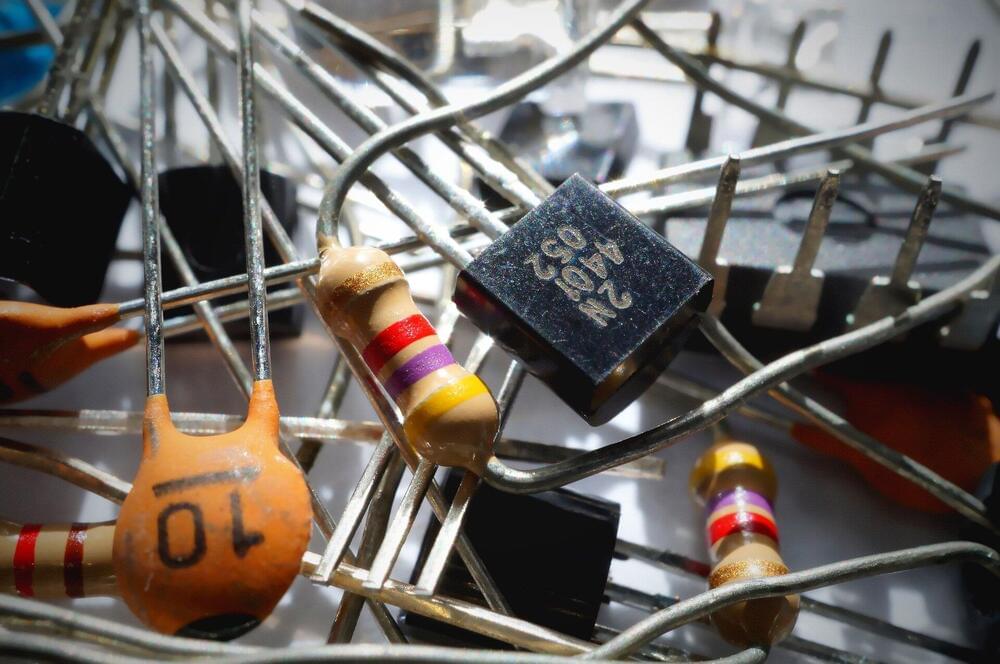The company’s current Glass hardware is built on Android.
Google is hiring an “Augmented Reality OS” team focused on building software for an “innovative AR device,” according to job listings spotted by 9to5Google. The team is led by Mark Lucovsky, who announced he’d joined the company this week. Lucovsky previously worked at Meta developing an in-house alternative to Android to power the company’s hardware, and also co-authored the Windows NT operating system.
According to Google’s job listings, the Augmented Reality OS team is building “the software components that control and manage the hardware on [its] Augmented Reality (AR) products.” This is far from Google’s first stab at developing AR software, and follows the company’s work on ARCore for Android and Tango. The company’s Google Glass, which is aimed at the business and enterprise market, is currently built on Android.
This morning I became a Noogler. My role is to lead the Operating System team for Augmented Reality at Google.






